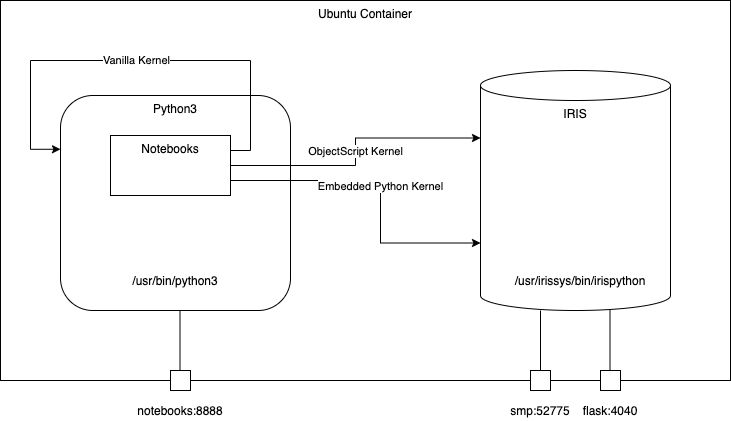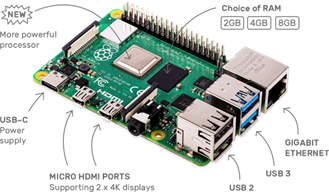This is a posting about a particular feature of Caché which I find useful but is probably not well known or used. I am referring to the feature of Language Extensions.
This feature allows you to extend the commands, special variables and functions available in Caché Object Script with commands, special variables and functions of your own. This functionality also applies to other languages the Caché supports at the server, including Caché Basic and Multivalue Basic.
Why would I need or want to add new commands ?

.png)



.jpg)
.png)
.jpg)

